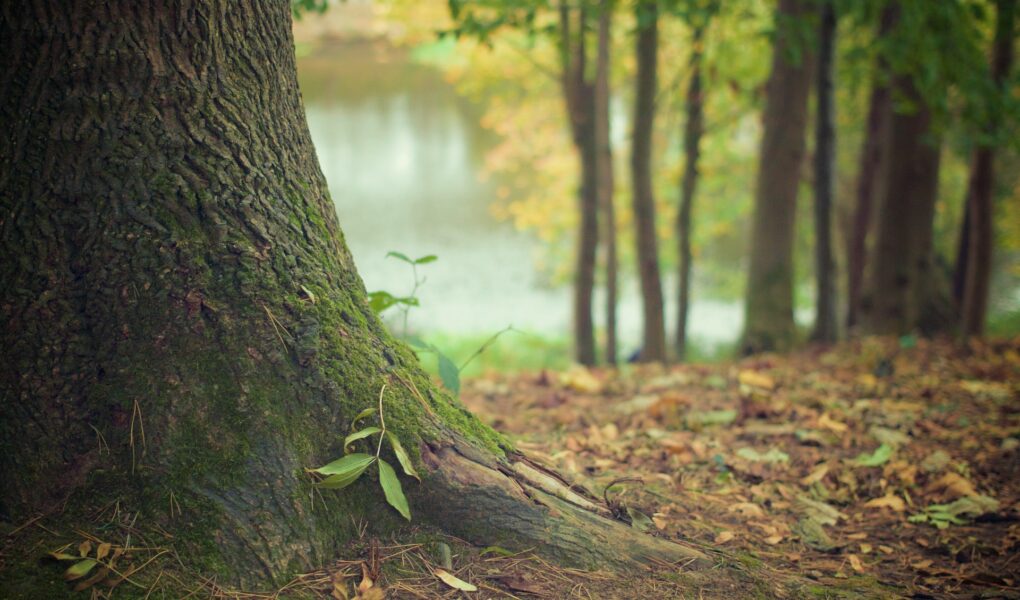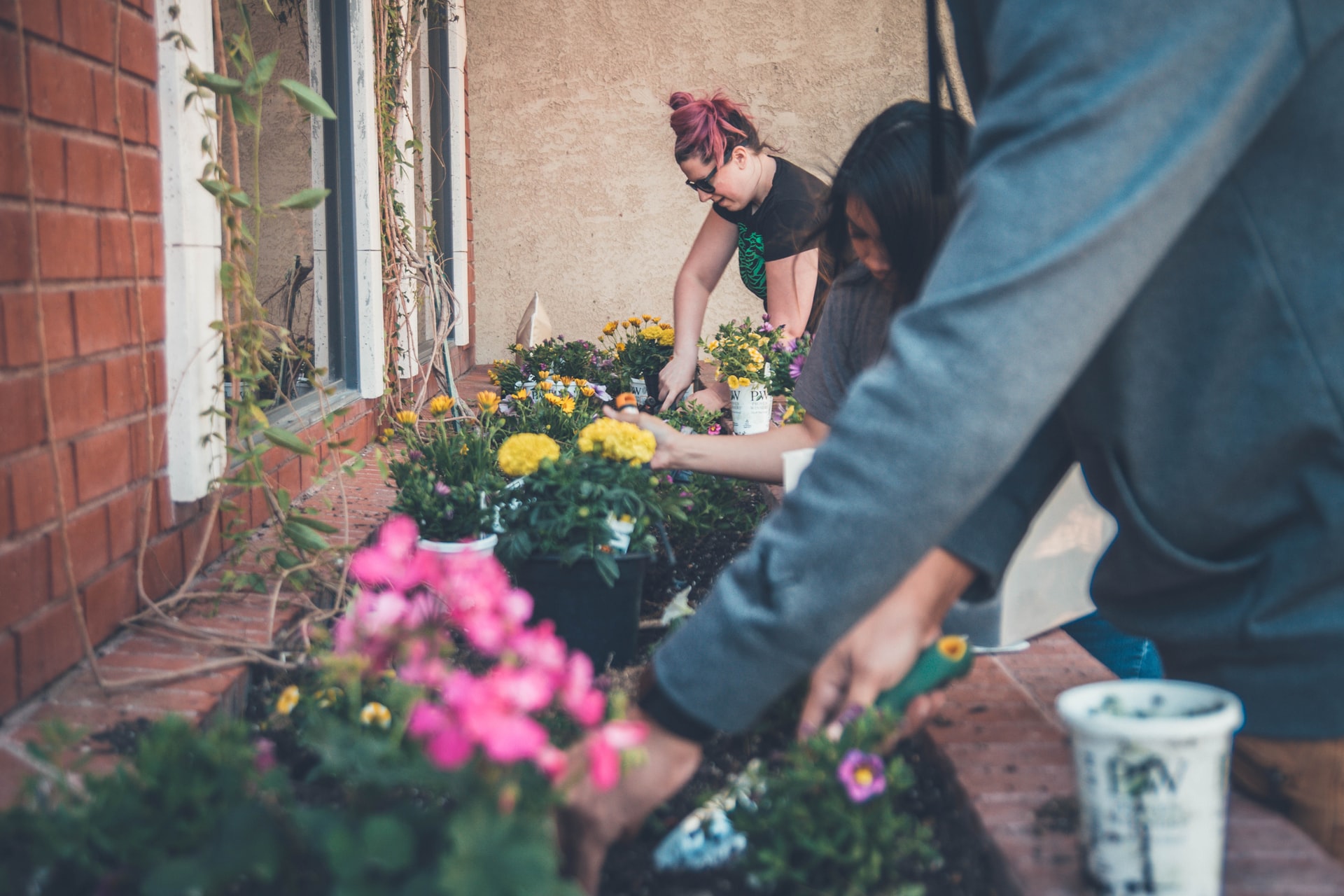Root-feeding
Root feeding a dying tree can help it grow again. This process involves injecting fertilizer into the root zone several inches deep. It requires a specific injection method but results in healthier trees and shrubs within a few months. Before applying fertilizer, it’s essential to check the soil type and the type of tree and shrub before deciding.
If the tree has become severely diseased, fungi that attack the feeder roots may be responsible. When fungi invade the roots, they reduce the tree’s ability to absorb water and minerals. They also affect the tree’s ability to store food and provide structural support.
Pruning
Pruning to save a dying tree can be done in several ways. The proper methods will depend on the type of tree and disease. Adequate removal of diseased or unhealthy branches can save the tree’s life and prevent it from spreading. When doing the pruning, be sure to use sanitized pruning tools.
When pruning to save a dying tree, make sure the tree has been proven to be dying. Check the tree for symptoms, which are listed below. If the tree suffers from one or more symptoms, consult an arborist to determine the best method for you.
Fertilizer
There are several techniques to save a dying tree, but the main focus of this guide is using fertilizer. You should know the proper way how to fertilize a tree. This organic compound helps to stimulate growth and improve the quality of the soil. It will also correct any nutritional deficiencies and add a boost to your plant’s overall health.
In addition to fertilization, you should ensure your tree has sufficient moisture. Dry soil and poor drainage can cause waterlogging, which can cause damage to your tree. Trees in pots, sandy soil, and those near pavement may require more frequent watering. You should give your trees one or two heavy waterings per week in the spring and summer. Watering is also necessary for the fall. In addition to watering, you should also mulch around your tree to retain moisture but not smother it.
Waterlogging is another common problem in dying trees. A waterlogged tree is likely to develop mold and moss. If you have a problem with waterlogging, you should consult an arborist technician for advice. Depending on the severity of the problem, you may need to water your tree at night.
Watering
Watering a dying tree may not be as simple as you think. While you might be tempted to apply lawn fertilizer to revive your tree, this can have disastrous consequences for your precious tree. Ensure you use only organic fertilizer containing no dead or diseased plant materials. Before applying any fertilizer, test the soil and follow the manufacturer’s directions. Also, consult an arborist if you suspect your tree is dying due to inadequate soil nourishment.
Before you begin watering your tree, you should learn more about its species and how much water is permitted. For example, water and evergreen are at least two feet above their drip line. It would help if you also tried to water slowly, so the water disperses to the root zone. Otherwise, you risk encouraging shallow rooting and worsening the situation.
Mulch
Mulching is one of the best ways to provide your tree with nutrition and improve its soil. It also helps retain moisture. But it’s essential to avoid over-mulching your tree. Too much mulch can suffocate its roots and attract harmful bacteria and fungi. A good layer of mulch should be between 1.5 and two inches thick.
To avoid exposing the tree to disease, make sure to water the soil surrounding it regularly. You can use a garden hose or sprinkler system. You can also thin out the layer of mulch around the tree by filling a bucket with water. It’s a good idea to leave some room around the tree’s base for air and sunshine to reach it.




